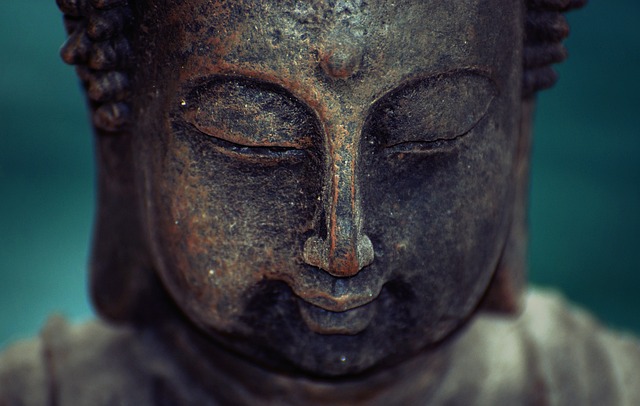
Alternate Nostril Breathing
Nadi in Sanskrit is a tubular organ of the body like an artery or a vein for the passage of prana or energy. A nadi has three layers, like an insulated electric wire. The innermost layer is called sira, the middle layer damani, and the entire organ as well as the outer layer is called nadi. Sodhana means purifying or cleansing, so the object of Nadi Sodhana Pranayama (alternate nostril breathing) is the purification of the nerves. A little obstruction on a water pipe can cut off the supply completely, and a little obstruction in the nerves can cause great discomfort and paralyze a limb or organ.
Nadi Sodhana Pranayama, also known as alternate nostril breathing, has been practiced for thousands of years by yogis and Tibetan monks in the Far East. This ancient yogic breathing technique is gentle, effective, and can be practiced without the need for breath retention or restraint, making it also suitable for individuals with heart conditions.
Nadi Sodhana Pranayama helps balance the nervous system, therefore reducing stress levels and promoting a sense of calm and well-being. By practicing this gentle breathing exercise regularly, you can support and enhance your overall quality of life. Keep in mind that if you have any underlying health conditions or concerns, always consult with your doctor before starting any new exercise or breathing practice suggested in this post.
Here’s how to practice Nadi Sodhana Pranayama without retention or restraint of breath:

- Find a Comfortable Position: Sit comfortably in a chair or cross-legged on the floor. Keep your spine straight but relaxed.
- Relax Your Body: Close your eyes and take a few deep breaths to relax your body and mind.
- Start with Equal Breathing: Begin by breathing evenly through both nostrils. Inhale and exhale through your nose, maintaining a steady and relaxed rhythm.
- Introduce Alternate Nostril Breathing: After a few rounds of equal breathing, gently close your left nostril with your ring finger if you are using your right hand and:
- (a) Exhale slowly and deeply through your right nostril.
- (b) Inhale through the right nostril.
- (c) Exhale through the left nostril. (closing your right nostril using your thumb)
- (d) Inhale through the left nostril.
- (e) Exhale through the right nostril. (closing your left nostril with your ring finger)
- (f) Inhale through the right nostril.
- (g) Exhale through the left nostril. (closing your right nostril using your thumb)
- (h) Inhale through the left nostril.
- (i) Exhale through the right nostril. (closing your left nostril with your ring finger)
- (j) Inhale through the right nostril.
- Repeat
- Stage (a) is preparatory. The first real Nadi Sodhana Pranayama cycle starts at stage (b) and ends at stage (e). The second starts at stage (f) and ends at stage (i). Stage (j) is the safety measure to be observed after the completion of the cycles in order to prevent gasping or breathlessness. Inhale through your right nostril, then switch sides again, exhaling through your left nostril. Continue this pattern, alternating nostrils with each breath. Do 8 to 10 cycles as described above. This may take up to 6 or 8 minutes.
- Focus on the Breath
- Throughout the practice, maintain your focus on the sensation of the breath as it enters and leaves your nostrils. Feel the calming effect of the breath as it flows smoothly and evenly.
- Practice Regularly
- Inhalation and exhalation from each side should take the same time. In the beginning, the duration may be unequal, but with practice, equality is achieved. Aim to practice Nadi Sodhana Pranayama for 5-10 minutes each day, gradually increasing the duration as you become more comfortable with the technique.
Don’t miss Ujjayi Pranayama (Ocean Breath) here!

